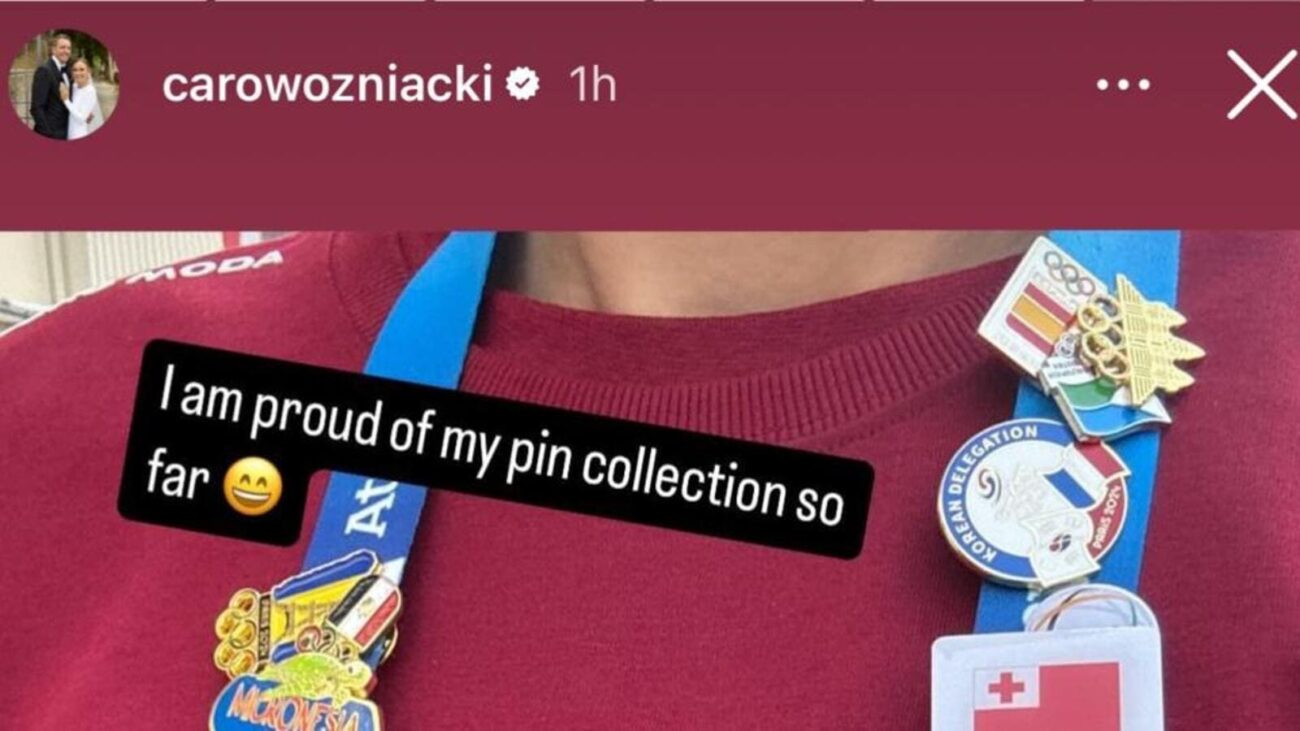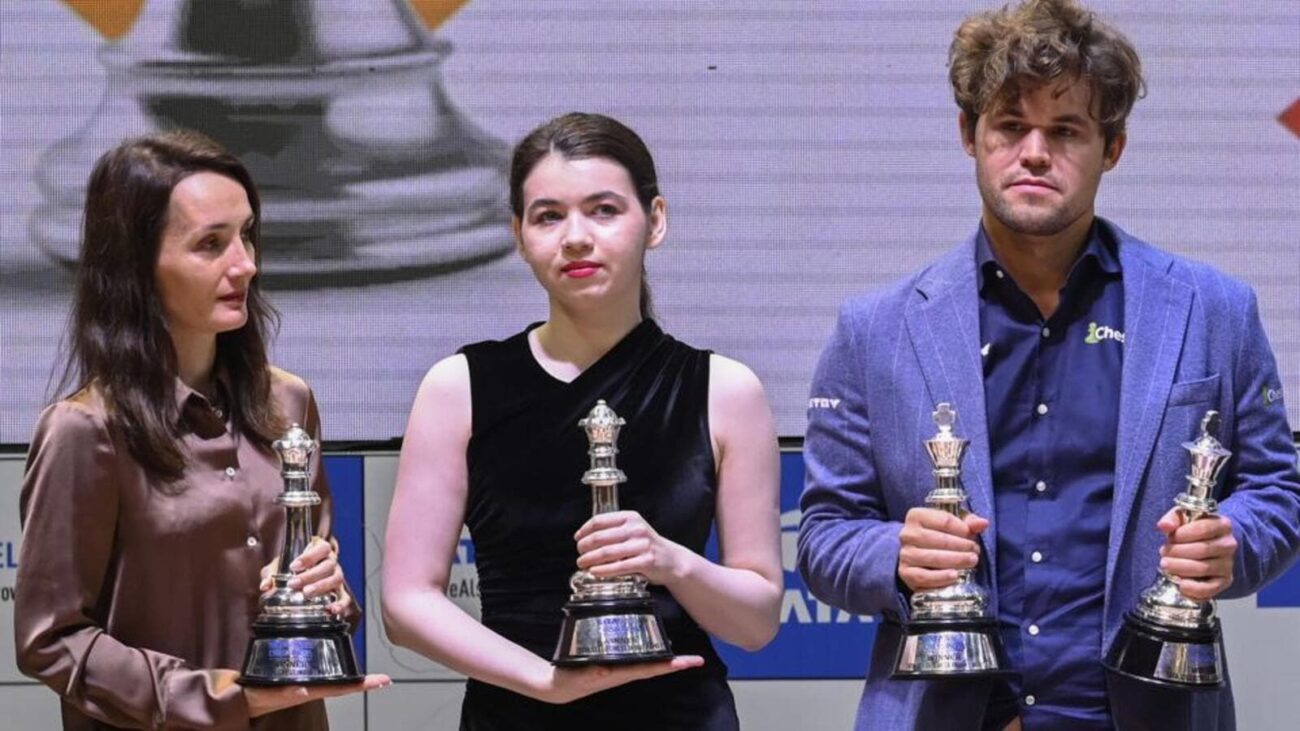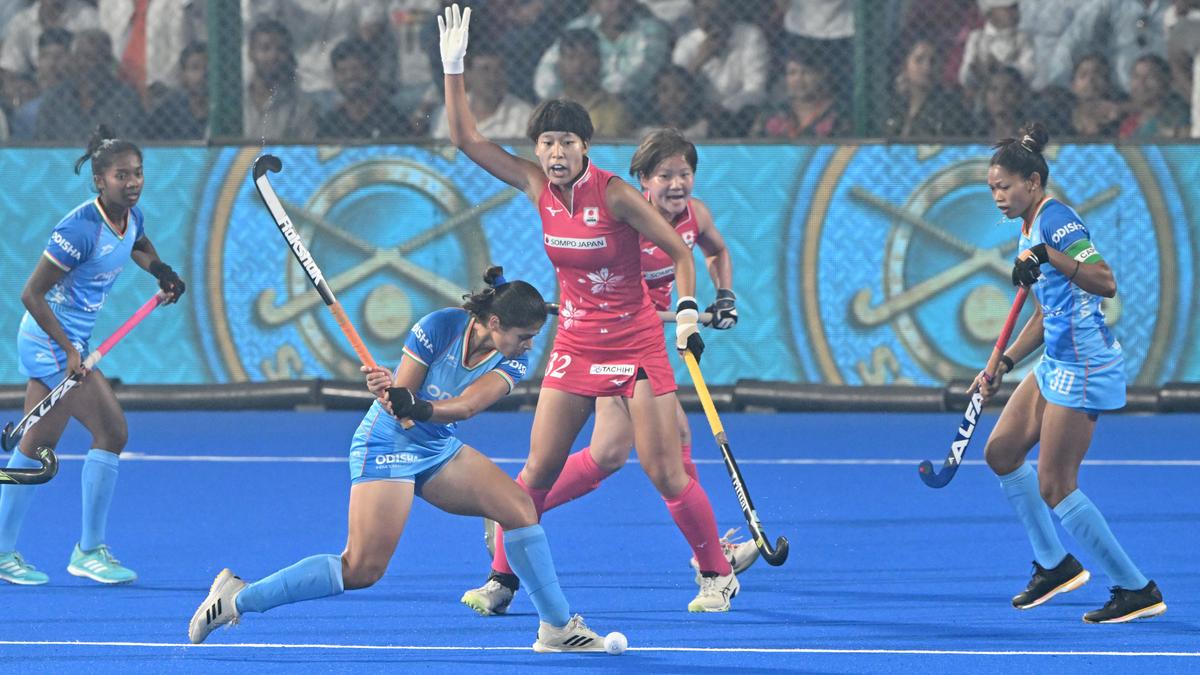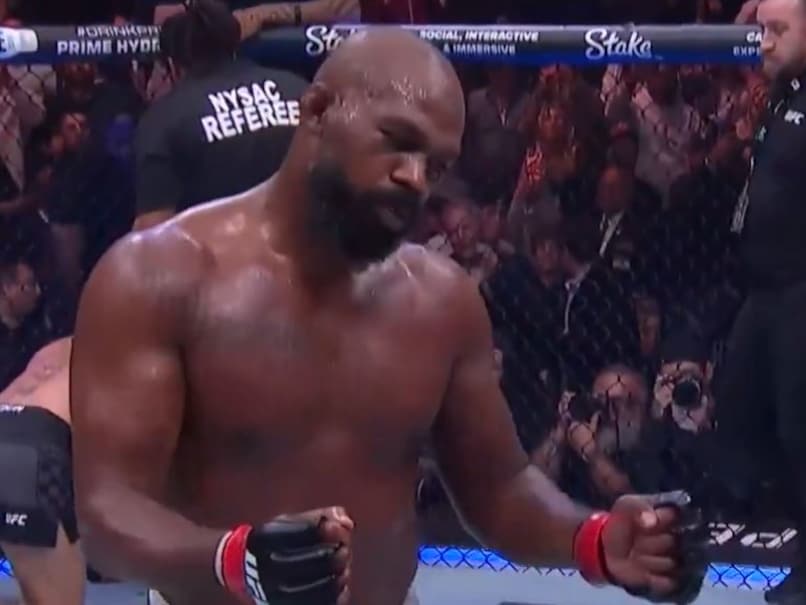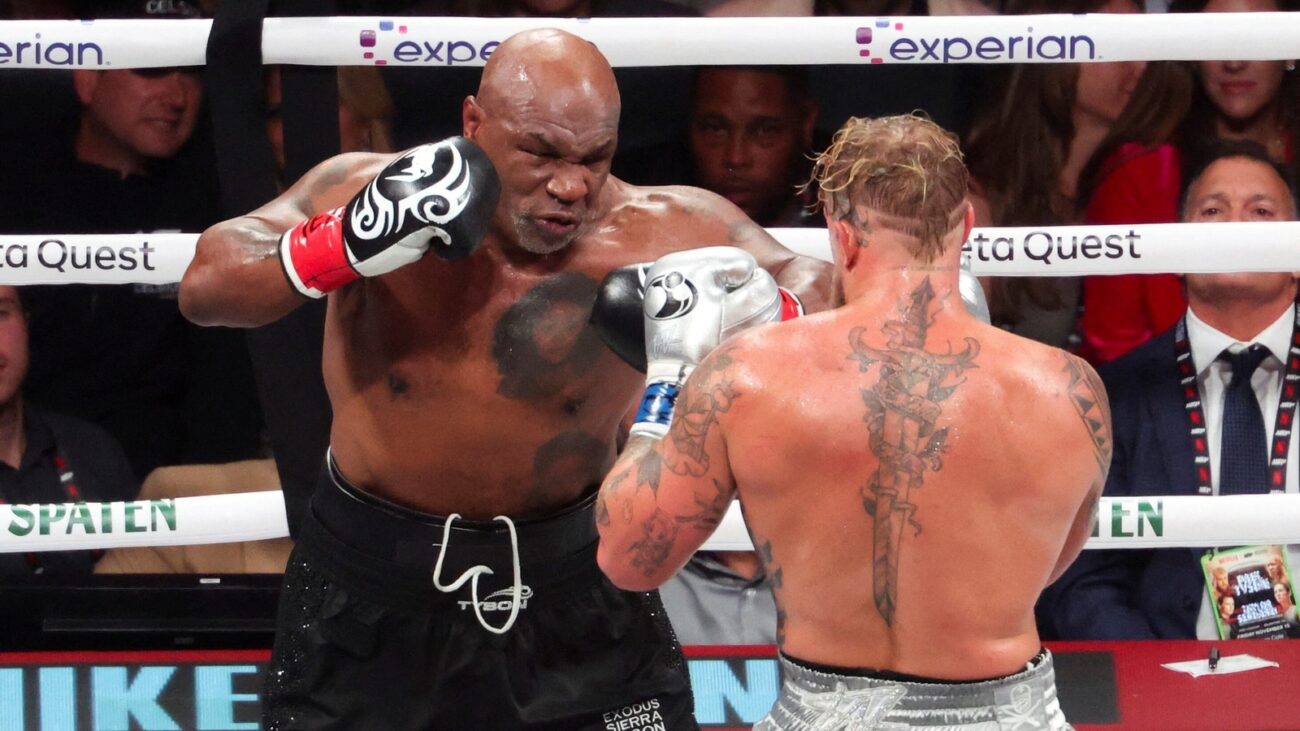Pin trading, an Olympic tradition dating back to 1896, has become an unofficial sport at the Games. Athletes, officials, and media members eagerly seek out rare and coveted pins, creating a vibrant and social atmosphere in the Olympic Village.
Naomi Osaka, Andy Murray, and Serena Williams are among the high-profile athletes who have expressed their enthusiasm for pin trading. Osaka has vowed to “beg” for a Haitian pin, while Murray has embarked on a mission to find the smallest country’s representative in the Village.
The allure of pin trading lies in its ability to foster connections and break the ice. Athletes from different nations exchange pins, sharing their experiences and creating lasting memories. For some, like Don Bigsby, pin trading has become a lifelong passion. He has attended 20 Olympic Games and founded “Olympin,” a forum for collectors to trade pins and memorabilia.
Certain pins become highly sought-after, such as the 1996 Atlanta pin featuring onion rings for the Olympic rings and the 2002 Salt Lake City pin with a green Jell-O design. At the Tokyo Olympics, Simone Biles’ custom heart-shaped pins were a hot commodity.
Serena Williams, who began collecting pins at the 2000 Sydney Olympics, cherishes her collection, particularly pins from Thailand and North Korea. Former Indian shooter Anjali Bhagwat recalls the excitement of hunting for pins in the Olympic Village, creating a sense of camaraderie among athletes.
Pin trading not only provides a fun and social activity but also serves as a tangible reminder of the Olympic experience. For Bigsby, his collection represents a lifetime of memories and friendships forged around the world.

